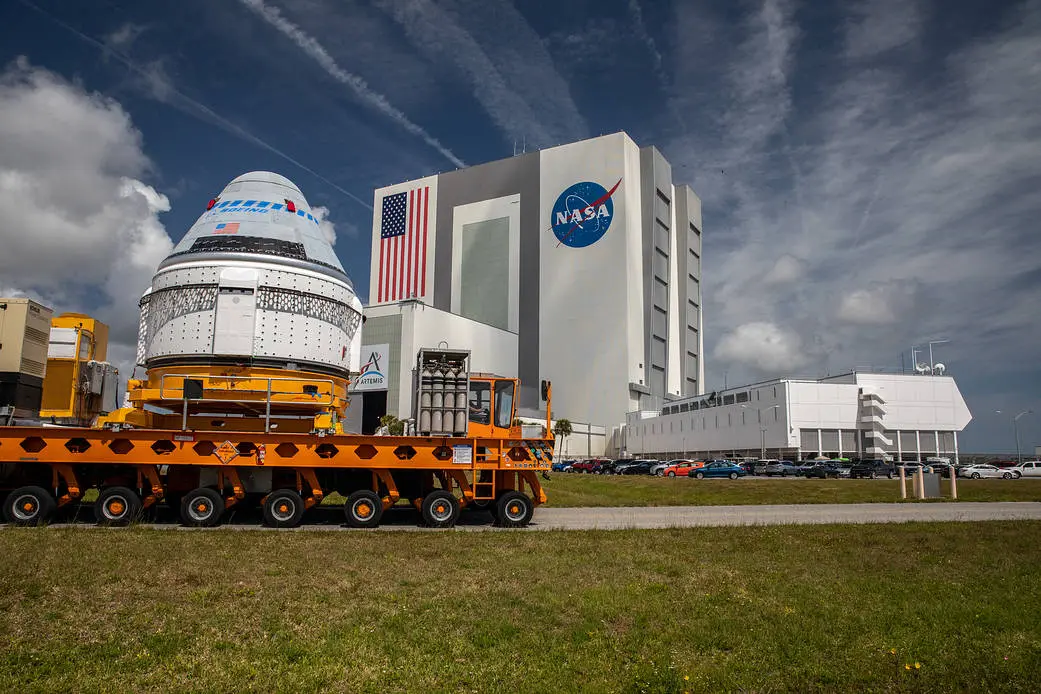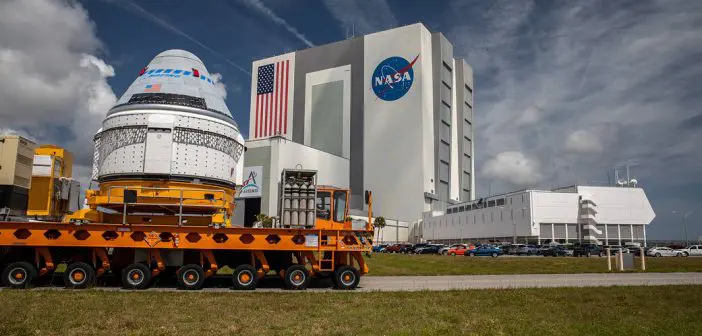
NASA has postponed its highly anticipated Starliner CST-100 launch and is now targeting a launch date no earlier than May 10 (Florida time). The launch was called off around two hours before the scheduled launch time (10.30 pm, May 6, Florida time (12.30 pm, May 7, AEDT)) after engineers detected an issue with a rocket valve.
The Starliner spacecraft is due to transport NASA astronauts Butch Wilmore and Suni Williams to the International Space Station (ISS), where they would have spent a week before returning to Earth.
Starliner is built by Boeing and was about to be carried into space by a United Launch Alliance (ULA) Atlas V rocket and had been due to dock at the ISS around May 13. The mission, a crew test flight, was notable because it was to be ULA’s first human launch.
“This was more about flight rules than the significance of the event,” said United Space Alliance CEO Tory Bruno in a media debrief. “We had a mechanical valve that was venting gas. Every now and then. valves will flutter. Our flight rules called for us to scrub and take the crew off before we cycled the valve.”
In the lead-up to launch, teams noticed a liquid oxygen self-regulating solenoid relief valve fluttering on the Centaur upper stage. “We don’t have an instrument in the valve that tells us how much it opened, “ said Bruno. “There’s a fair chance we’ll know tomorrow whether the valve has exceeded its life or not.”
“Everything has to go right before we launch,” said Boeing Vice President Mark Nappi. “Today was a good dry run for the entire process. We were about 45 minutes ahead of schedule, and the team did an excellent job. From this point, we need to get the vehicle stabilised.”
Boeing wants to become the second commercial operator to transport humans into space, after SpaceX. Boeing is best known for its commercial aviation arm. However, it has a long track record of building satellites and space capsules. The CST-100 Starliner test mission, which has been delayed by many years, has reportedly cost Boeing more than USD1 billion in cost overruns.
NASA is increasingly relying on commercial companies to provide the hardware to support its missions, including the Artemis missions to return humans to the Moon and eventually make it to Mars. However, to date, Boeing has not been able to capitalise on the commercial space zeitgeist to the same extent as SpaceX, which has been transporting astronauts to the ISS since 2020.
This week’s incident was not the first time ULA has seen “buzzing” on its valves, including on its Atlas rockets. Bruno says they’ve experienced a similar phenomenon four or five times in the past. He is unphased by this week’s incident, saying it is typical of valves in industrial and domestic environments.
“Opening and closing regulates the pressure like it is supposed to do. The concern is if it does so for too many cycles, it uses up all the fatigue cycles,” said Bruno. “There’s a high probability that the valve will quieten down and has enough life (200,00 cycles) on it to go through a countdown sequence.”





